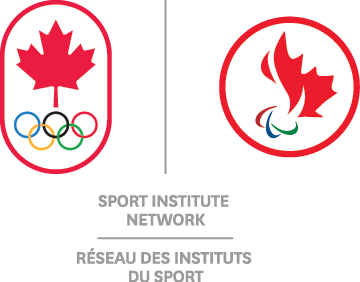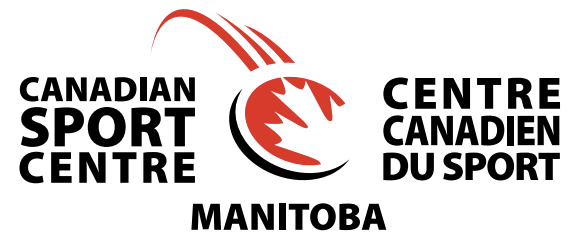Maintaining Skill: Weightlifting Without a Barbell
If you find yourself without proper gym equipment or a barbell, check out the following tips for weight training without a barbell.
Strength training is not simply about improving your capacities. We know skill plays a fundamental role in sport, but it is also required in the weight room. Being proficient in the gym translates to more efficient movements that can then be trained at a higher stimulus for a greater outcome, which is one area where your skill and capacities intersect.
Weightlifting is a highly technical, often used tool in strength training that can be practiced with limited equipment such as a PVC pipe or a broomstick. This technical skill is low intensity in nature and provides an opportunity to refine skill and improve mobility in either standalone sessions or warmups.
What these sessions are not, is a replacement for the benefits that traditional weightlifting provides such as improving rate of force development; there are many alternatives that can provide a stimulus for maintaining or improving such qualities while you are away from your typical training environment, but they will not aid in maintaining your weightlifting skill. If this is a modality that you use in your typical training, it is wise to maintain your skill alongside the other methods you’re using to maintain your capacities.
Approaches to weightlifting skill work:
Simple to complex – ensure you have prerequisite skills mastered before performing derivatives, which come before the main lifts (e.g. front rack, front squat, rack delivery before clean derivatives before cleans)
Part-whole – break movement down into specific phases and work on areas with technical deficits (e.g. poor first pull, work segment deadlifts; slow turnover, work tall and power variations; etc.)
Slow to fast – master important positions and the transitions between them under control and choose variations that allow this to be achieved (working with a light implement like a broomstick allows this as maximal intent is not required to successfully complete the lift, pauses and derivatives constrain range of motion and acceleration to restrict achievable velocities, etc.). Attain consistency of appropriate positions and mechanics before moving with intent.
Variation and random practice – try not to choose the same derivatives that begin in the same place every session (e.g. choose variations such as tall, dip or power-position, mid-hang, above knee, below knee and don’t always feel the need to stick with top down or bottom up, etc.). Deficiencies can be addressed in many ways and providing movement variability will aid in your skill development.
Example starter sessions:
*Repetition is key for skill development. As a general guide, depending on the exercise and when you choose to complete such sessions (i.e. standalone or warm up), you may do anywhere from 2 to 5 sets of 6 to 10 repetitions.
Clean:
Rack Deliveries + Front Squat
Pull to Receiving Foot Transitions
Mid-hang Clean Jump
Segment Clean Deadlift
Snatch:
Muscle Snatch + Snatch Squat
Pressing Snatch Balance
AK Hang Snatch Jump
Segment Snatch Pull
Jerk:
Strict Press + OH Squat
Step to Split
Press in Split
BTN Power Jerk
Finally, the above are simply example sessions and can (and should) be manipulated to address one’s current skill level and their specific areas of concern and then progressed toward the whole skill and eventually combined into single sessions (i.e. complete snatches and clean and jerks in a single skill session).
If you’re unsure where to start or need guidance, please feel free to reach out to Jérémie Chase.


